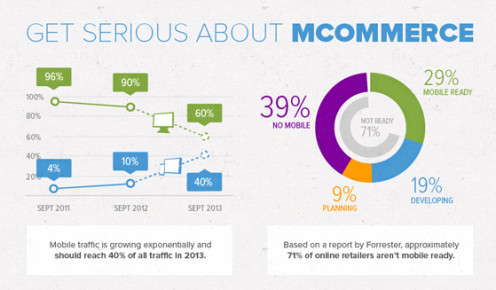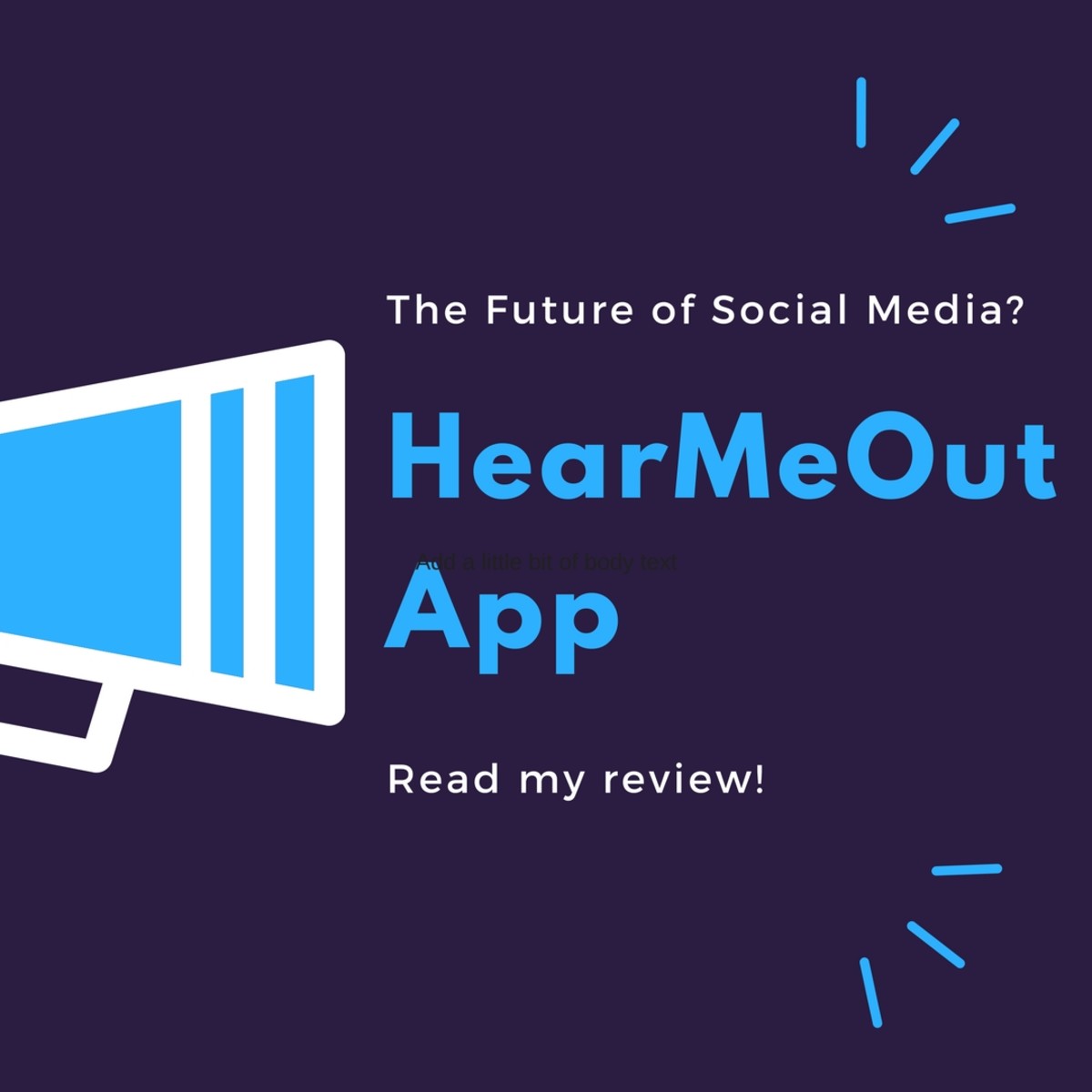A Guide to Social eCommerce
Wanelo Is A Great Social Network for Shopping

What Is Social eCommerce?
We are all guilty of letting our inner shopaholic take over. But with easy access to social media feeds, online shopping apps, and traditional eCommerce stores, it is that much easier to indulge. Just ask yourself: Have you bought something for yourself with the help of social sites like Facebook and Twitter? Have you ever taken the time to experiment with new online stores just to provide ratings on Yelp? If the answer is "no", you may need to catch up on the hottest trend in eCommerce since EBay and Amazon: social eCommerce.
Beyond Amazon and eBay: eCommerce In The Age of Facebook and Twitter
Social eCommerce is the use of social networks for initiating eCommerce transactions and customer retention. Today there are hundreds of shops accessible through Facebook and Twitter that offer thousands of products and services. Everything within those shops is accessible through the social network itself. These sites assist in the buying and selling of products and services made available online. By engaging with customers through social interaction and social sharing, brands can increase exposure and communicate directly with customers and target markets.

"All markets are conversations"
The previous quote was noted in The Cluetrain Manifesto. The manifesto aimed to examine the impact of the Internet on both the consumer market and organizations themselves. That quote can now be updated in the reverse for a new social era to say:
“All conversations are markets!”
Does social network activity influence your purchase decisions?
Key Factors For a Social eCommerce Strategy
There are various trends that have matured and contributed to the formation of social eCommerce opportunities. To understand the inherent value of incorporating social media commerce strategy into a business, people must focus on the perspective of a shopper in today’s social, mobile, and Big Data infused world:
- People need proof that what they are buying online is of good quality, and tend to trust the recommendations of other people/shoppers who have similar interests (likes, follows, retweets, etc.).
- If there are a lot of 'likes' to a product’s brand page, shoppers will feel more confident in regards to the product’s quality, trustworthiness, and viability.
- Thus it becomes important for the retailers to include social sharing and other social functionality such as consumer ratings and reviews, user recommendations and referrals, shopping carts, forums and communities on their own eCommerce site.
- The notable social eCommerce sites are Facebook, Groupon and Pinterest to name a few. Most online stores today embrace adding product “likes” to Facebook, Google+, and Pinterest.
Top Trends in Social eCommerce
- Mobile and Social Shoppers
- Big Data and Analytics
- Remarketing Strategies
- Multi-Channel Retail
- Unusual Product = Viral Products
- HQ Product Video


1) Mobile eCommerce
Mobile eCommerce, or mCommerce, is another way to purchase online items from electronic storefronts. Rather than shop from your desktop mCommerce allows shoppers to browse and purchase through any mobile device such as a smartphone or tablet. Mobile applications built specifically for these devices are transforming the everyday shopping experience and altering the behavior of consumers in a drastic way.
- According to Think Mobile with Google, 79% of users rely on smartphones to help with shopping and more than half of smartphone searchers make a purchase through the device.
- Around 70% of users use smartphones while shopping in-store. It has been found that customers browse in this fashion for a wide variety of offerings ranging from dining, travel, entertainment, and even automotive.
- This steady shift in consumer behavior has forced device vendors to target younger consumers. Younger consumers are using their mobile devices more often than any other age group (such younger consumers also have substantial purchasing power).
- Online vendors are collaborating more and more with the telecommunications industry to promote advancement in mCommerce to make mobile shopping more seamless.
- Brands offering mCommerce sites are adapting their existing websites for easier viewing and interaction when accessed by mobile devices. It has been proven that sites which are mobile optimized, or that have a streamlined mobile application, are attracting more sales while increasing retention.
- Businesses are now implementing integrated mobile ads with their marketing strategies using new technologies and services. Many technological innovations such as remote payments, electronic wallets, and proximity payments are being used to attract consumers who are regularly using their mobile devices to find and act on information.

2) Big Data Insights
Big Data refers to a massive volume of structured or unstructured data whose power can be leveraged by big and small businesses alike for operational insight. Such massive growth in data stemming from social networks and user generated content (UGC) has led to a pool of resources and perspective for social eCommerce merchants:
- Such huge amounts of data about consumers from different geographical and demographic backgrounds can be used, stored, shared, analyzed and put to use in different ways.
- New software applications built to harness such troves of data will be commoditized for use by businesses of all sizes and revenues.
- A personalized shopping experience with great customer service can be introduced or optimized by managing and applying pervasive data regarding interaction history, transaction history, and customer sentiment.
- Dynamic pricing can be introduced as people tend to actively compare prices while shopping. Many customers are also researching while shopping in-store.
More examples of effective uses of Big Data can be found here.

3) Remarketing Strategies
"Social tactics can bridge the gap between intuitive retargeting that can sometimes feel unsettling, in favor of socially framed product suggestions with a recognizable face." - Social Media Today
- This is a new technique wherein once you have viewed a particular product on a site or clicked on an advertisement, similar kinds of advertisements which are reflective of your interests appear on other sites which you visit later!
- Though users might find it creepy and annoying to be followed around like this, ultimately they might get swayed to purchase the product they once viewed or be tempted to re-visit the site which they left without making any purchases.

4) Multi-Channel Retail
- Multi-channel retailing is a new concept wherein retail stores, online stores, mobile stores, mobile app stores and other channels through which a transaction can be carried out is merged, so that that the customers have the luxury of dictating the route they want to take.
- This trend is called 'showrooming' where the consumer is physically in-store yet goes online, searches for products, compares and contrasts prices, checks product reviews and then buys the product all online.
Cool Example from Fred Perry
- Fred Perry - PAC-MAN
The official Fred Perry online shop, the home of authentic British street fashion. The place to buy Men's and Women's , Footwear and Accessories
5) Product Videos
Until this point photographs used to tell a part of the story for any eCommerce site. But in 2013, this is soon going to change as videos will now play a major role in any eCommerce portals across the board. If someone were to put up a well done product video delineating the qualities of that product, it will have a great impact on product page conversion rates! With HD video and high quality production, videos can boost sales.







